
Populations Individuals of the same species

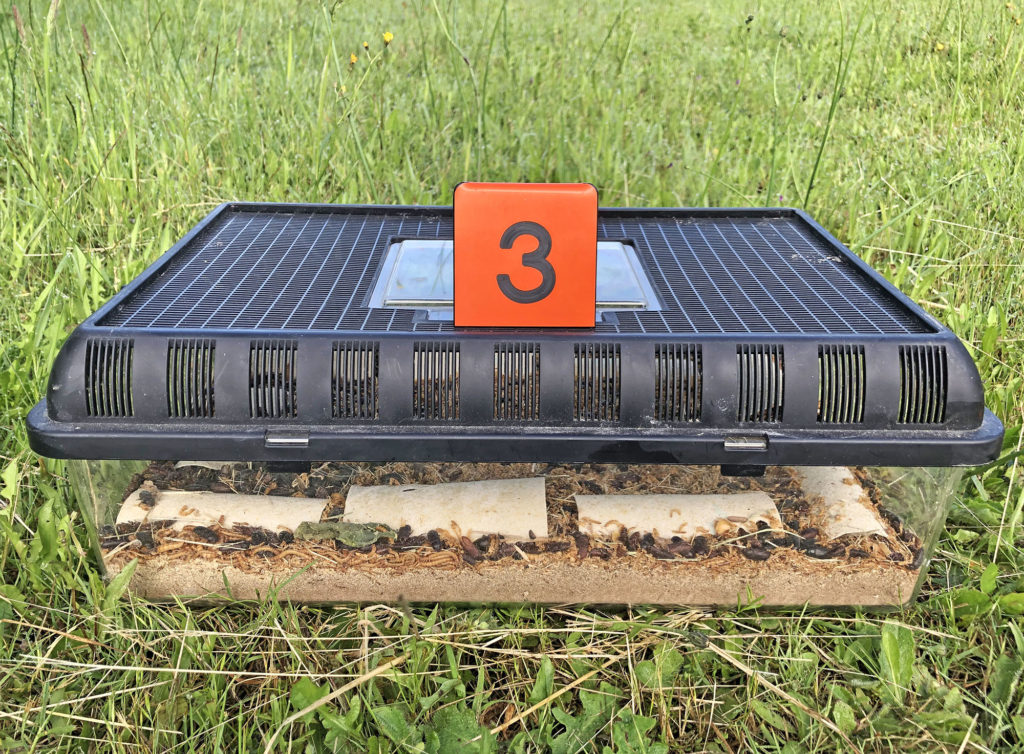
Populations Objectives
-
Describe what carrying capacity (K) is and how it can change over time.
-
Explain how we humans have raised our carrying capacity.
-
Analyze a population growth figure and a population pyramid.
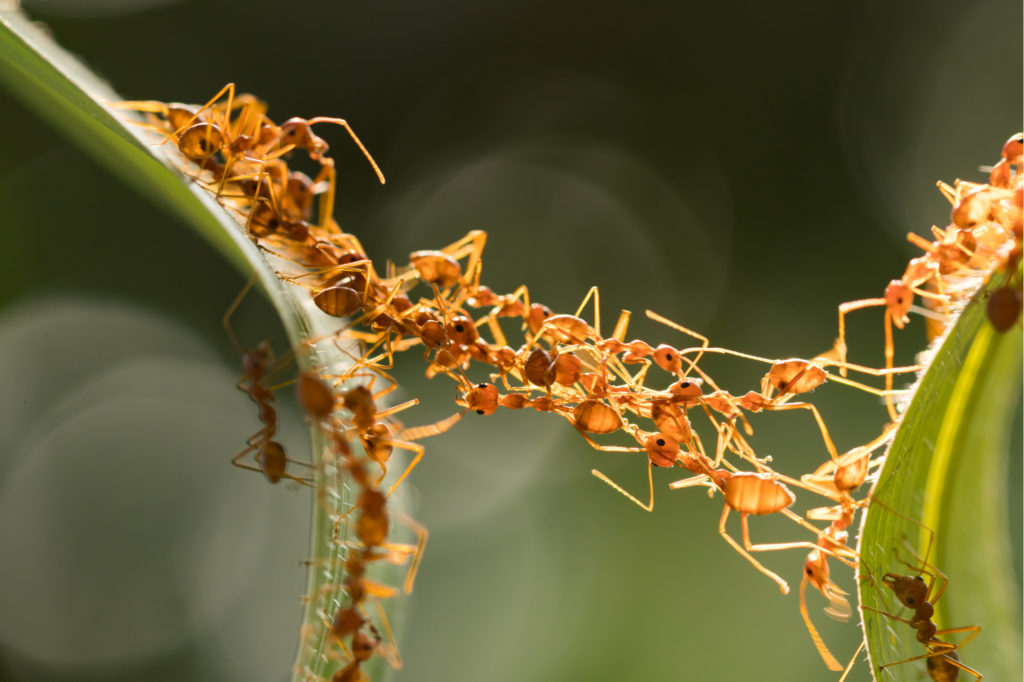
Communities consist of two or more different species. A population is a single species of interacting organisms. For example, we are all part of the population of Homo sapiens.
The ants in this photo are the same species and their population is building a physical bridge across two leaves.
Populations of organisms have a maximum size due to limited carrying capacity, the number of individuals a habitat can support.
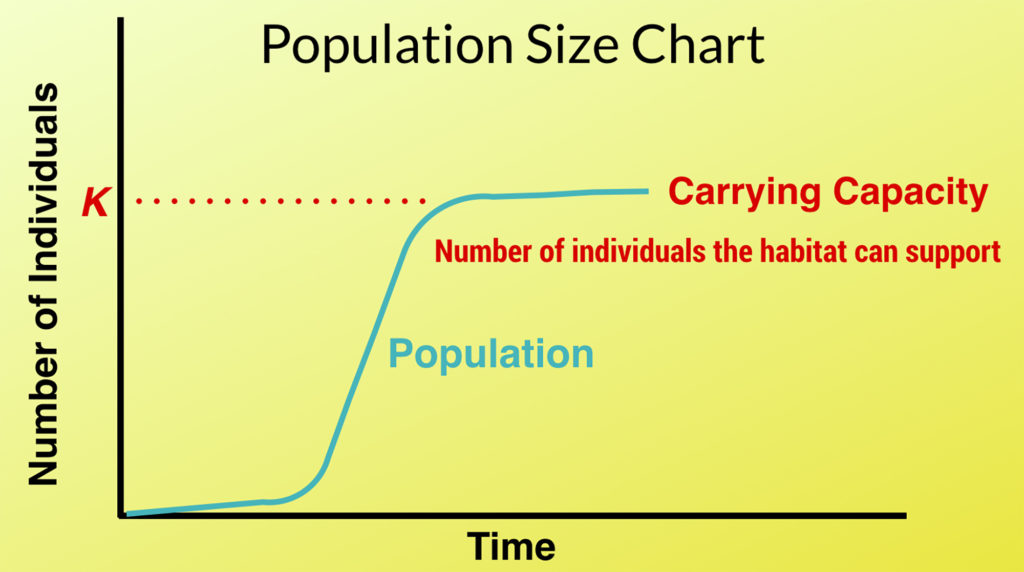
Carrying capacity is limited by the amount of food, space or other resources.
Let’s see what’s in the box.
If you would like to start your own mealworm beetle colony (the larva are used to feed reptiles), there is a how-to video on the resource page.
This video explains the significance of carrying capacity in wild populations of animals.
This is particularly a concern in managing species in danger of extinction.
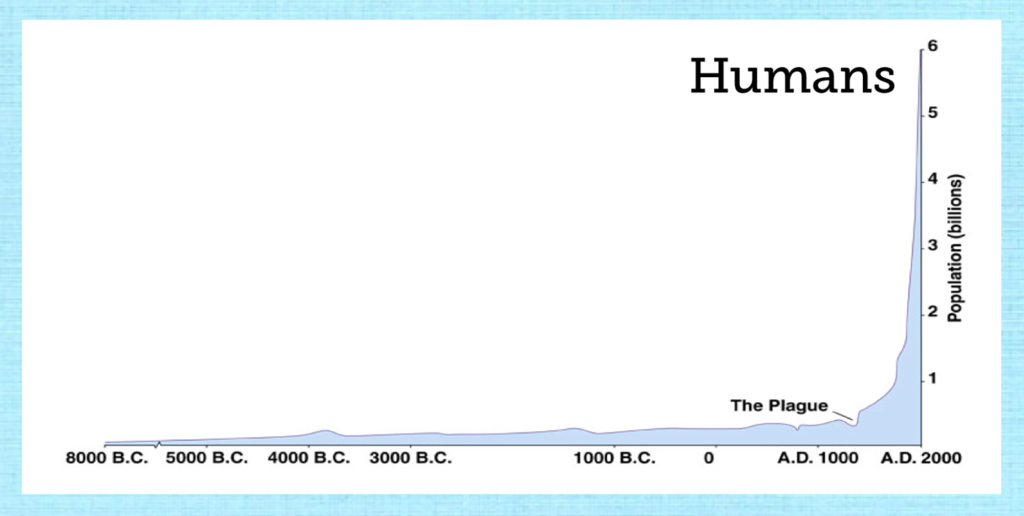
We have raised our own species’ carrying capacity significantly over the past 150 years.
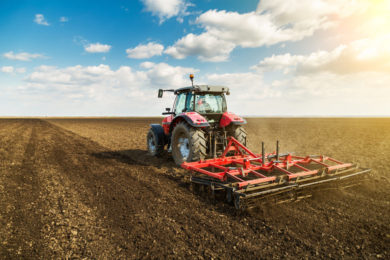
Green Revolution

Modern Medicine
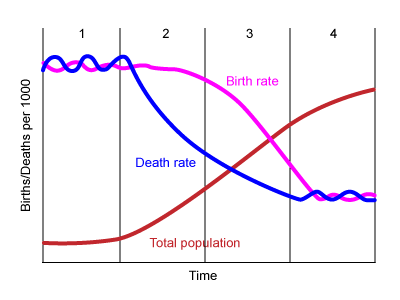
This population growth figure shows four different stages. In the first stage, annual birth rate and death rate are high and similar, so the population is a constant size. In the second stage, something drops the death rate like more food or better medicine. Since the annual birth rate now exceeds death rate, the population size is increasing. In the third stage, birth rate is declining, in humans this happens when more infants survive, families start having fewer children. In the fourth stage, birth rate and death rate are the same again and the population stays a constant size.
Countries with more people at younger ages will grow in size in the future as these individuals enter their reproductive years. So there will be a large population increase in Nigeria, but not the United States. These population pyramids are important in planning what resources will be needed in the future and whether there will be enough young people in the workforce.
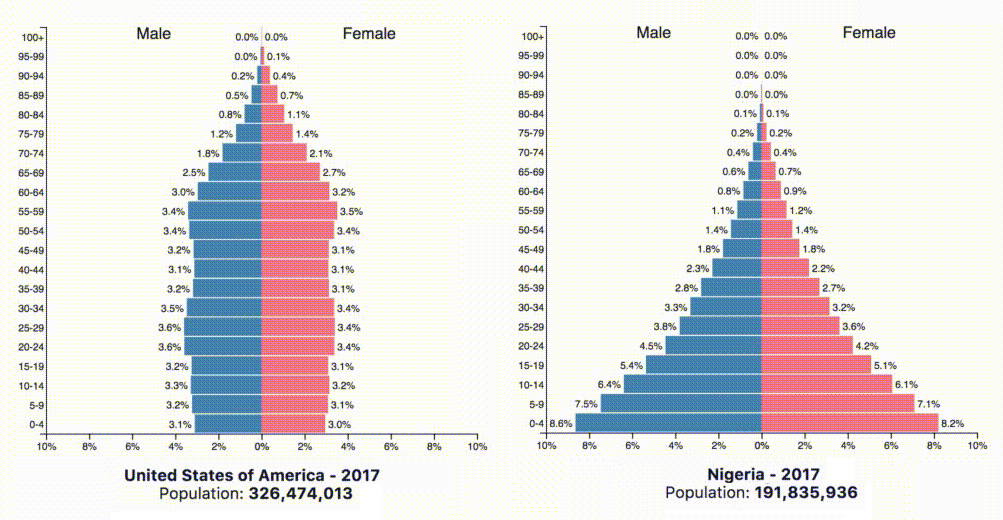
Over-feeding can be a significant concern when managing animal colonies. Here is what is happening with our sowbug population.
Start Journal Assignment #4 Here
Journal Page #4: Quiz Analysis
Now that you have taken the 1A quiz and are learning material for the 1B quiz, it is a good time to reflect on studying and quiz preparation.
Answer the following questions on a journal page. You do not need to include the questions, only your responses to each question. You can include additional relevant information if you like.

Questions to answer on your quiz analysis journal page:
- Did I recognize all/most of the material on the quiz? ___________ (can indicate whether studying covered the full range of material)
- Did I think I would perform better on the exam than I actually did? ___________ (indicates learning to recognize material rather than retrieving answers)
- Were there multiple answers I changed, or wasn’t sure about? ____________ (if correct answers don’t pop into the mind, studying may address this)
- Did any particular source of material seem to cause more difficulty than other sources? (text or videos?)
- What was my study strategy for this quiz?
(time spent, study locations, study materials made, etc.) - What are two possible ways to improve studying and learning material for the next quiz?
There is a PDF template of this journal page available on Canvas, if you would prefer to fill in a prepared page.
The next section explores the parts of plants humans eat other than fruits and their seeds: vegetables and herbs.
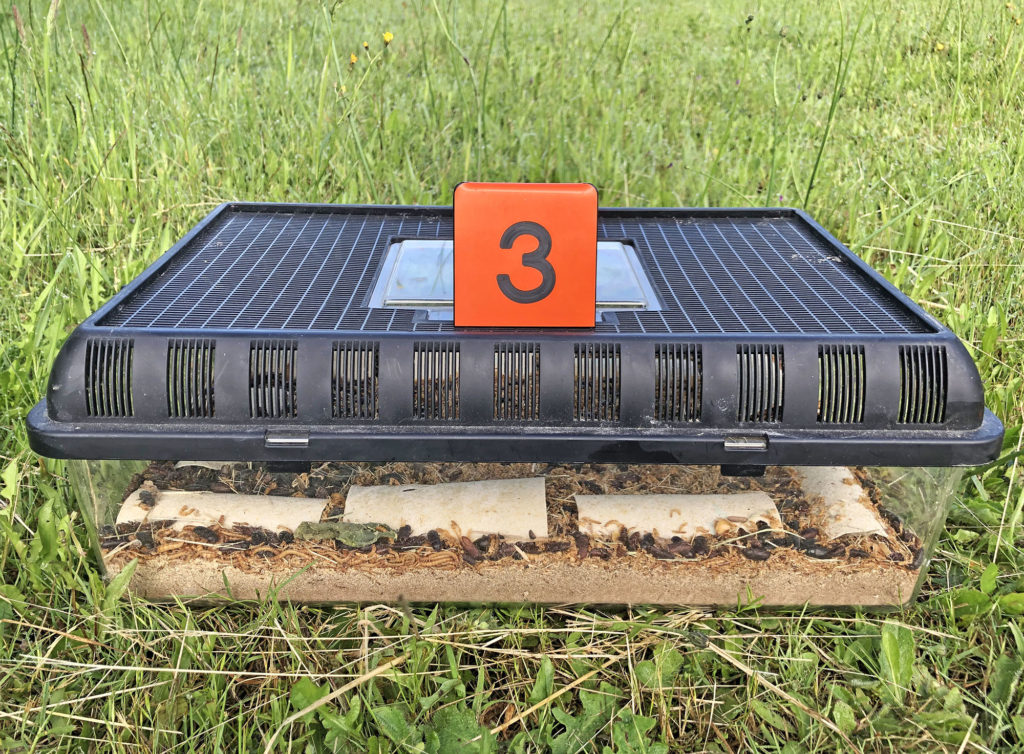
Check your knowledge. Can you:
-
describe what carrying capacity (K) is and how it can change over time?
-
explain how we humans have raised our carrying capacity?
-
analyze a population growth figure and a population pyramid?



